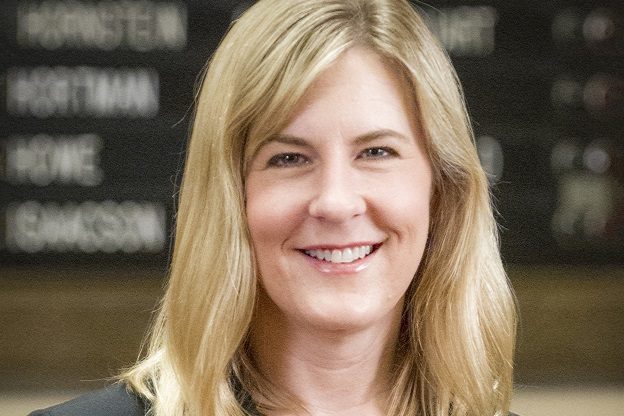
How the new DFL House majority compares to the old DFL House majority
The 2018 election represents the second time the DFL has won the State House majority under the district maps implemented in 2012. The path to a DFL majority in 2018 was quite a bit different than the path in 2012 however and the differences in the two elections underline what has become the most obvious recent trend in politics, both nationally and in Minnesota, urban-rural polarization.
Perhaps you’ve heard that Democrats did well in the suburbs in the most recent election, that’s true, they did really well in the suburbs. Like in 2016 though, Democrats didn’t do super awesome in rural areas.
Fun fact: the DFL picked-up 18 State House seats, 16 of them in the suburbs. One of the other pick-ups, 14B, encompasses part of St. Cloud, including St. Cloud State, so it’s not really a rural district (additionally Jim Knoblach, the Republican incumbent, stopped campaigning in September because of sexual assault charges). In the one actual rural district that the DFL picked-up, the margin was 8… votes.
Suburban domination was not how the DFL captured the majority in 2012 though. In that election the DFL picked-up suburban seats for sure, but they also picked-up a lot of outstate seats.
As illustration of this, there are 10 districts that the DFL won in 2012 that the GOP won this election, and they are all in outstate Minnesota. Likewise, there are 12 districts that the GOP won in 2012 that the DFL won this cycle and all 12 are around the urban core.
Districts DFL won in 2012 and GOP won in 2018
Districts GOP won in 2012 and DFL won in 2018
The thing that pops out when looking at these tables is the difference in vote share. In the districts the DFL won in 2012 and that the GOP won this time, the GOP candidate got an average of 60.6% of the vote. In the districts that the GOP won in 2012 and the DFL won in 2018, the DFL candidate got an average of 52% of the vote. Obviously 60.6% is a lot better than 52%.
At this point it’s unclear just how much of the current urban-outstate bifurcation is a product of the person occupying the White House, and to what degree it will regress when that person is no longer President, and how much is due to longer term trends. If, for example, there is a roughly 5 point regression, meaning the outstate areas move five points towards the Democrats while the suburbs move five points back towards the GOP it will be problematic for the DFL to hold their newfound State House majority.
Another possibility is that this is the new norm, regardless of who next occupies the White House, and that Democrats will continue to do well in the suburbs while the GOP continues to do well outstate. That scenario would be problematic for the GOP. While the DFL picked off a rural district, 5A, that will be a pick-up opportunity for the GOP, the DFL also fell just short in a few suburban districts (47B by 117 votes, 37B by 153 votes and 54B by 420 votes). So while the Republicans are pretty close to maxing-out their outstate pick-up opportunities, the DFL is has not maxed-out their suburban pick-up opportunities.
Thanks for your feedback. If we like what you have to say, it may appear in a future post of reader reactions.


